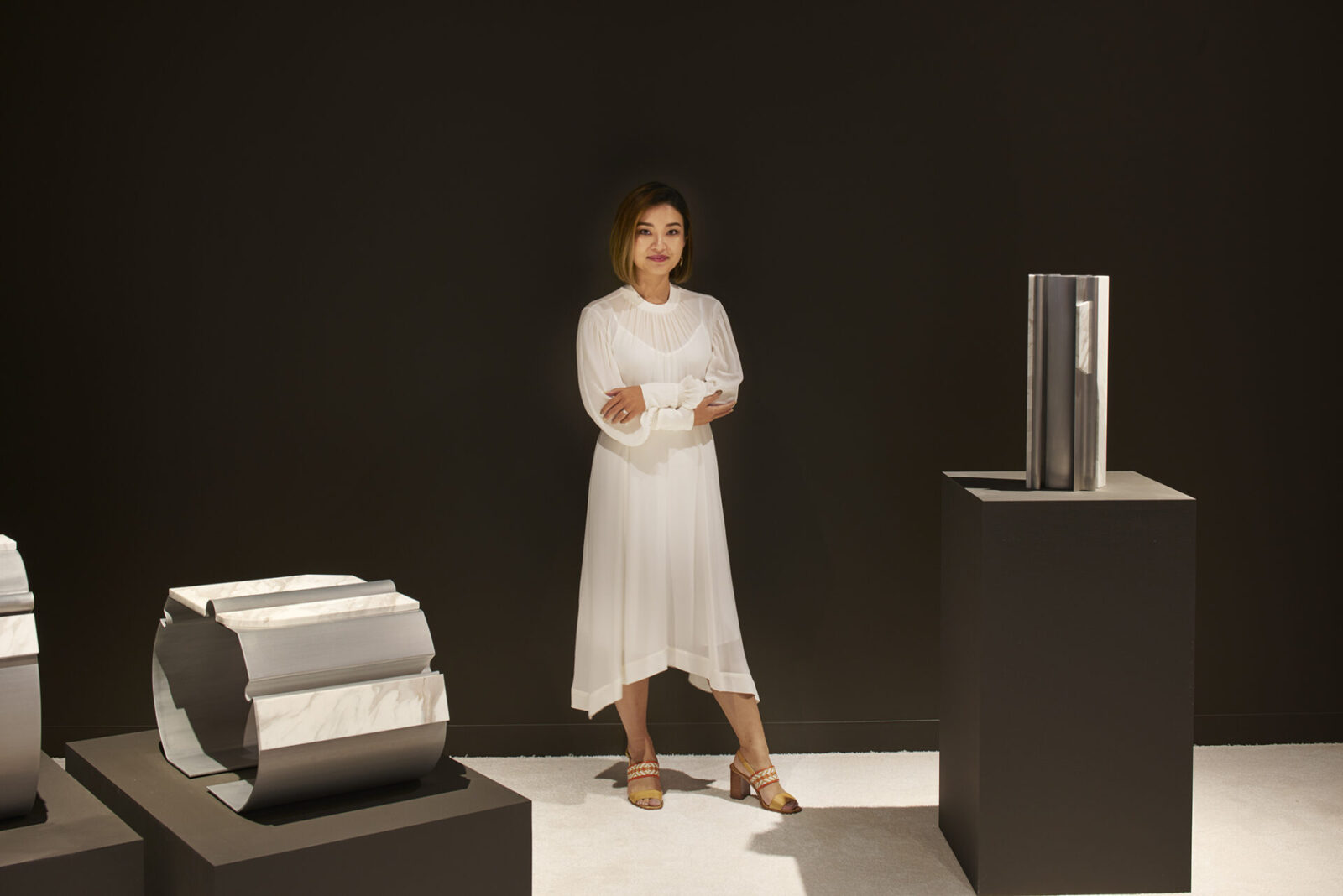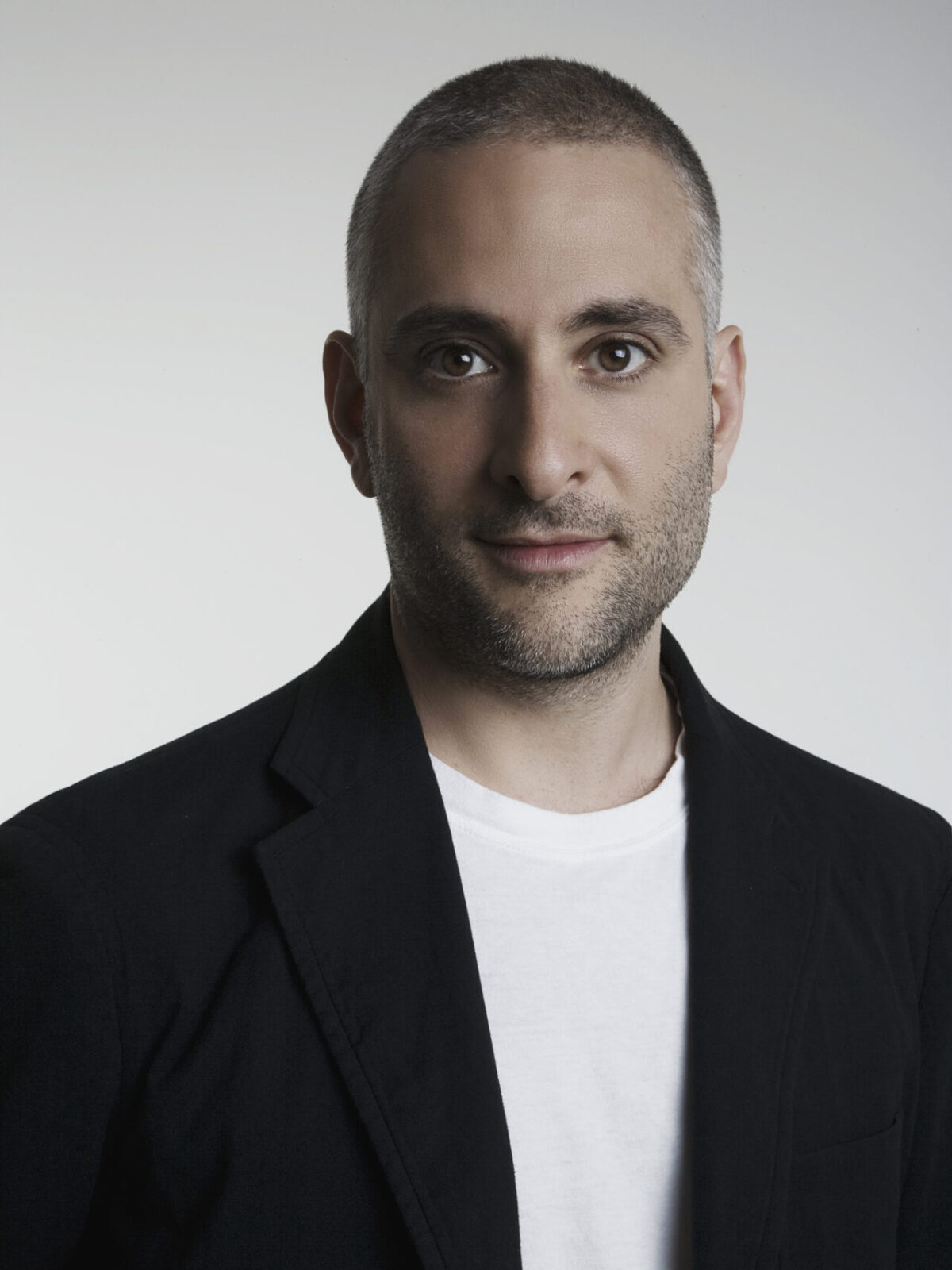Gallery All
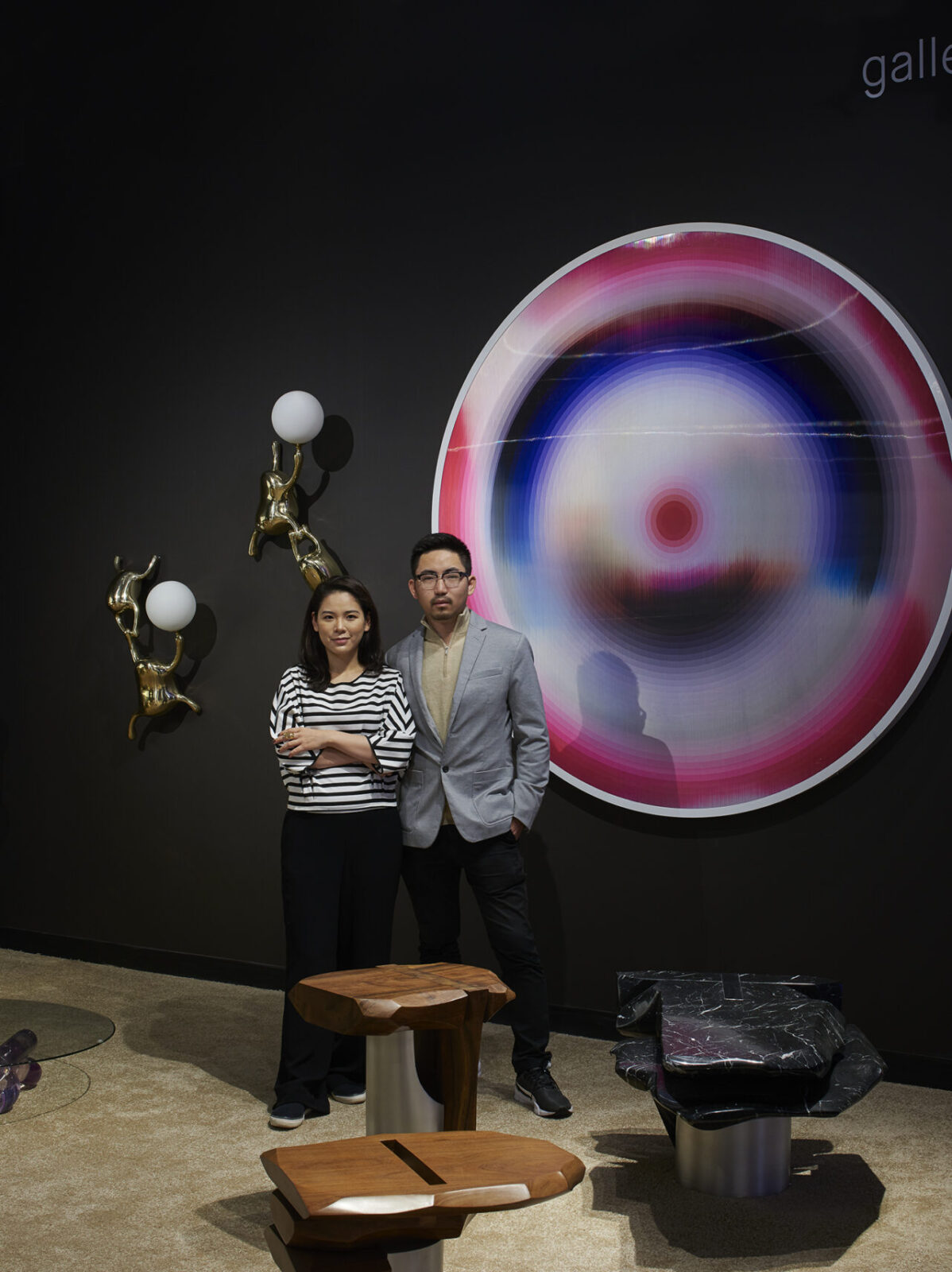
The seventh guest is Los Angeles-based gallery, Gallery All. Founded in 2014 by Yu Wang and Xiao Lu, the gallery has earned an international acclaim for showcasing outstanding contemporary design and art collections. A new space was also opened in Shanghai this year. Playing a role as a platform for Asian designers and artists to work internationally, it is a design gallery of the moment, leading the rapidly developing Asian art and design market. We spoke to Yu Wang, one of the founders, and Marsha Zhong, the executive director.
- Gallery All
Launched in Los Angeles in 2014, Gallery All has earned international acclaim for its ever-evolving program of exhibitions and presentations for its most distinguished contemporary design and art collection. Founded by Yu Wang and Xiao Lu, Gallery All represents a group of contemporary artists and designers with in-depth research ability and creative potential in interdisciplinary fields, whose outstanding output has been presented at prominent art fairs and exhibitions around the world. With the establishment of the new space in Shanghai, which is positioned to be a “mini-museum”, Gallery All will be always committed to increasing the visibility of international designers and artists in Asia, playing a role as an important platform for Asian designers and artists to enter the international vision.
Gallery opens to bridge the gap between the East and West
Gallery All is a relatively new gallery that has only been established for a few years, but it feels very vigorous. Can you tell us how it was founded?
Gallery All was founded in Los Angeles in the summer of 2014, then opened the second location in Beijing in the fall of 2014. When we first opened in China, we had no client base and new clients did not understand what we were doing. We were mainly supported by friends and designers that understand this industry. After a few years, we were more known by word-of-mouth, and more and more clients started to understand what we do by looking at auctions and design fairs in western countries. Now, China is our second largest market, and it is growing double digits every year. We still have challenges today, but it is much more manageable. The whole market is growing, and more and more good artists and designers joined the club. We started to commission a lot more work and have a much clearer process to guide designers to produce great works.
Why did you decide to become a gallerist?
I was educated as an architect, and have always been fascinated by architecture and sculptural objects. When I visited the design fairs museums years ago, contemporary Chinese or other Asian countries’ designers were rarely represented in the top fairs or museum shows. At the same time, Chinese design exhibitions were dominated by local crafty objects or luxury Italian furniture brands. There was no platform for Chinese collectible designs shows outside of China or western designers’ shows inside China. The reason why I decided to open the gallery bridging the gap between the east and west. In 2014, I founded the Gallery All with Xiao Lu in Downtown LA, and in the same year, we opened a space in Beijing.
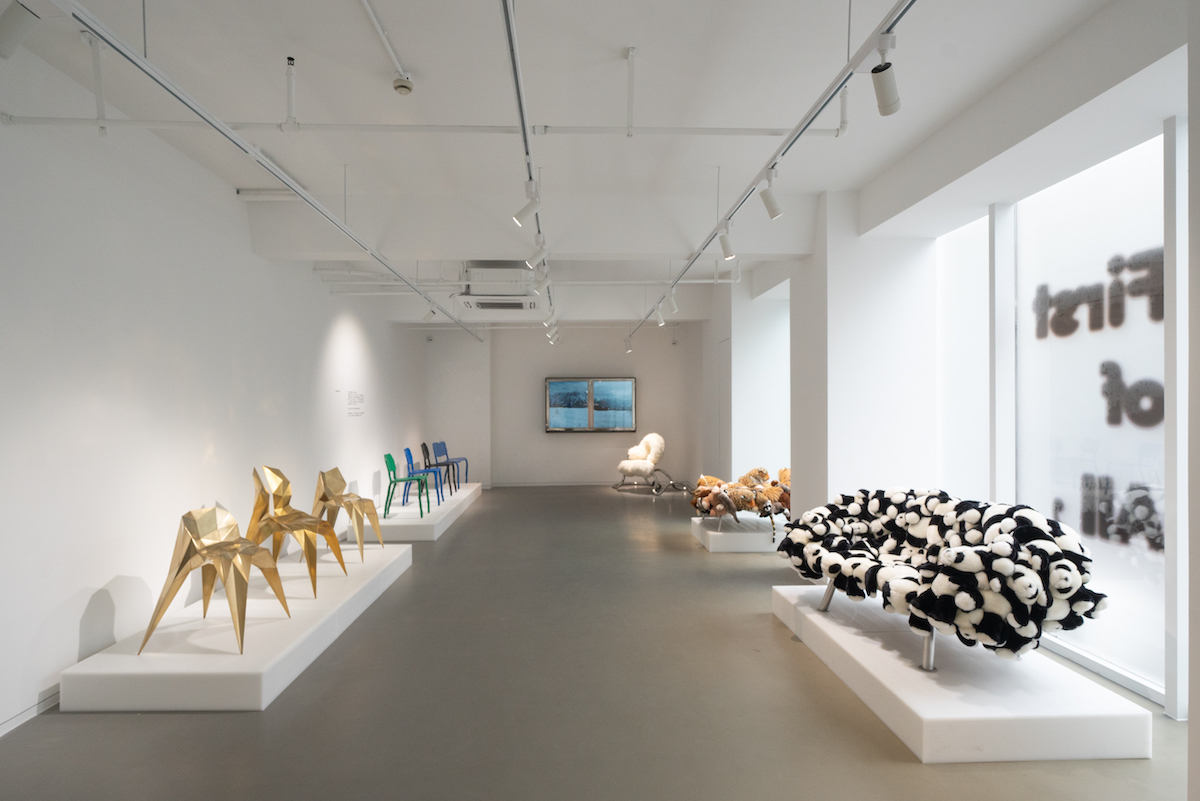
Strengths of the fabrication program
Gallery All has a partnership with a factory in China, responsible for manufacturing the works of designers and artists – is this a common style for design galleries? Does your gallery sometimes sell artists’ and designers’ works exclusively?
This style is unique for a gallery. Of course, there is the traditional gallery approach where we sell the pieces that designers and artists create. However, the majority of designers and artists who want to collaborate with us know that we have a fabrication program based on partnerships with factories in China. 90% of the projects we have now are made in our partner factories. We have been worked with the factories for years, and feel like they are a member of our team. However, we strictly control the process from start to finish to ensure that the quality is acceptable to the designers and artists. The biggest advantage of making in China is that we can control costs. If we make our products in Japan or the US, the costs are too high and the selling price may not fit the market. It would be almost impossible to keep costs down while guaranteeing quality without manufacturing in China. I also think that the designers’ stress related to production has been reduced considerably. Sometimes famous artists who are tired of managing production and transport come to us because they can no longer do it themselves. For example, the painter asked us whether we could turn their work into a sculpture or tapestry based on the rendered data.
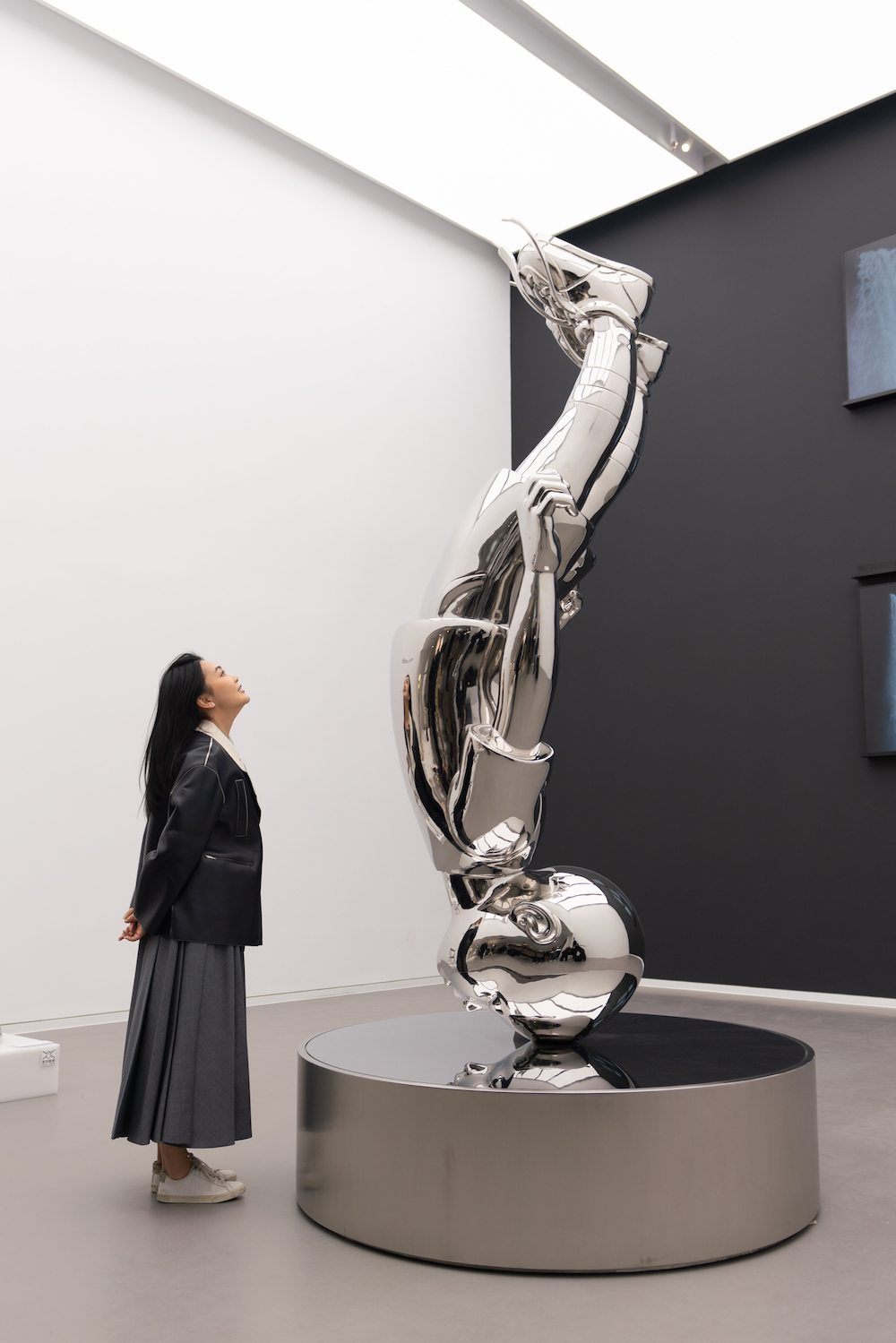
The work required in the US and China is different
I see. By the way, I think that the pieces Gallery All deals with have a catchy appearance – are you conscious of the Chinese market?
Actually, we have never been conscious of the Chinese market. It is simply our preference. If we don’t like the work, we can’t recommend it to our customers. Also, as we are based in Los Angeles, most of our customers are from the US. I feel that the market for both design and fine art is not as developed as it could be in China. The response is particularly poor for simple design and industrial pieces using glass, concrete, and plastic. The new wealthy class of China, which has emerged rapidly, seems to like things that are easy to understand in general. This includes glittery things, things using expensive materials, and elaborate, detailed pieces. Gallery All’s work is avant-garde, so I think European and American audiences prefer it.
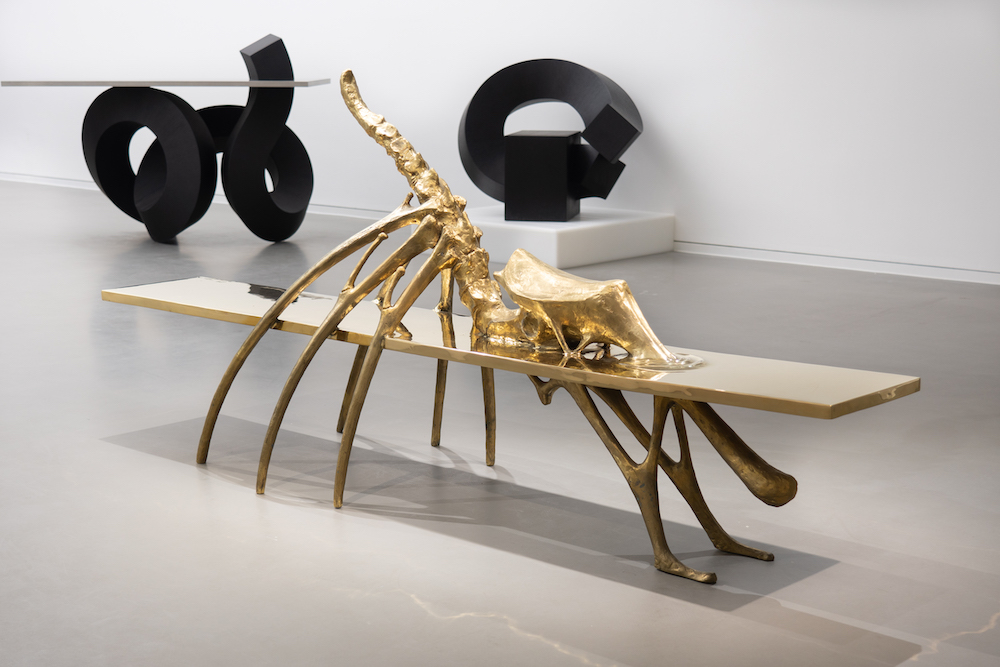
Are there regions in the US where you have more customers?
New York is the most common. Los Angeles has Hollywood, so many interior designers work on celebrity resort homes. Clients in New York buy pieces for themselves, whereas in Los Angeles there may be fewer clients interested in doing so. It is the same with China.
The profession of interior designer is not a major one in Europe. When I was studying in London, the interior design department was part of the architecture faculty. In Japan, on the other hand, interior design exists as a single department. I have also heard that it is more established as a profession in the US and Japan.
This may be because Europe has a long history and there is a lot of old money. By the way, I would like to ask you about the middlemen, such as dealers, art advisers, and interior designers. In China, they are not very respected, how about in Japan? People in China pay for products, but services are rarely paid for. People who come to see our gallery study the work enthusiastically and leave, but afterward they often ask the artist directly if they can buy the work, which is very annoying for us.
Wholesalers have existed in Japan for a long time, and there are many so-called middlemen, such as distributors and agents who run the business in the furniture industry. I have the impression that they are respected and taken for granted.
On the other hand, middlemen may not be so prominent. Makers are easily respected because what they do is easy to understand, but when it comes to buying concepts and services, the Japanese may not have matured yet. As an example, the role of the designer tends to focus more on making and styling things than creating concepts. In Europe, I have the impression that many people try to understand the designer’s ideas. I think this is one of the reasons why contemporary design, which presents an alternative way of designing, is still not widespread in Japan, and the market is small. Our work is also more easily understood abroad.
I feel the same way. I have some dealer friends in Japan and have heard that the market in Japan is small and galleries are competing for collectors.
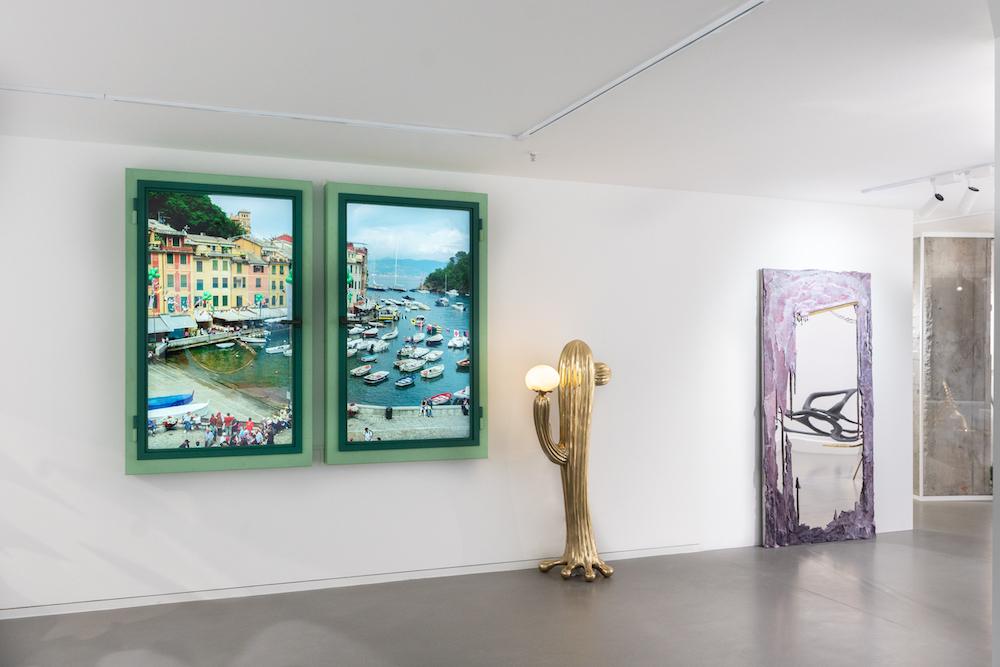
To let young talent flourish
I find it is a unique direction that many of the designers and artists in Gallery All are Chinese, how do you find new talent? Do you visit graduation exhibitions at art universities?
It is important to look for new talent, but we rarely visit them nowadays. Most of the time, we meet them through someone’s introduction or an approach from them. Our website only mentions a few of them, but we already work with almost 60 designers and artists and have our hands full. We have meetings every day for the fabrication program. There are two types of designers and artists who use it: those who are already well-known and want to make work in other media that they can’t do themselves, and those who are very talented but don’t have the money and can’t afford to order to a factory. The latter are often young people who just graduated from school, and often meet them through exhibitions or in a gallery. Someone works with copper, so we introduce him to a factory that specializes in copper processing, or we 3D scan one woman’s ceramic work and make it in resin. One artist started living in the factory we introduced him because there was so much work to do, and made his work together with the factory workers.
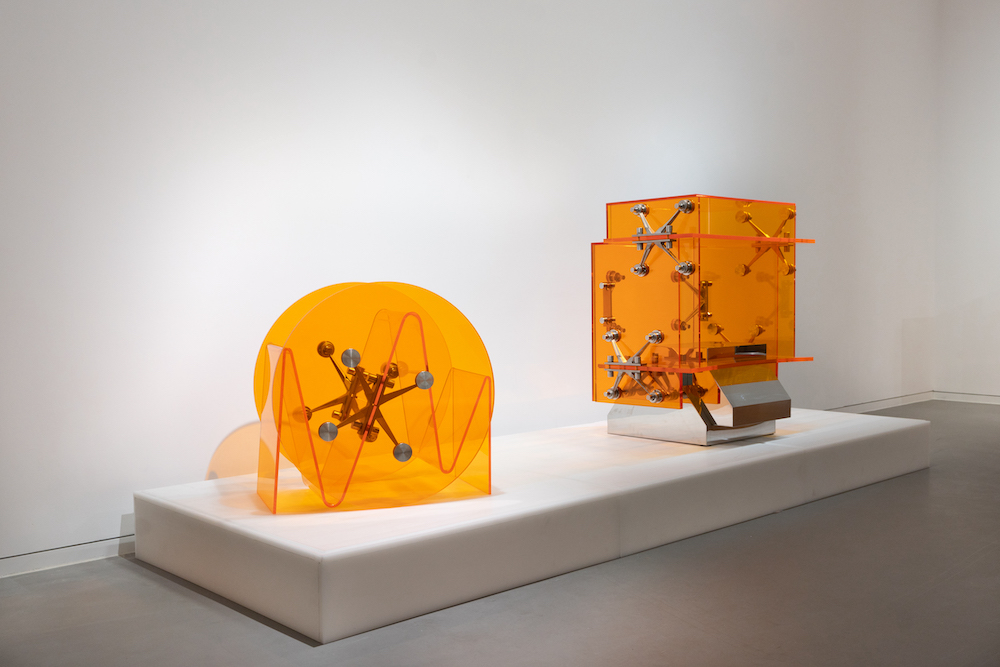
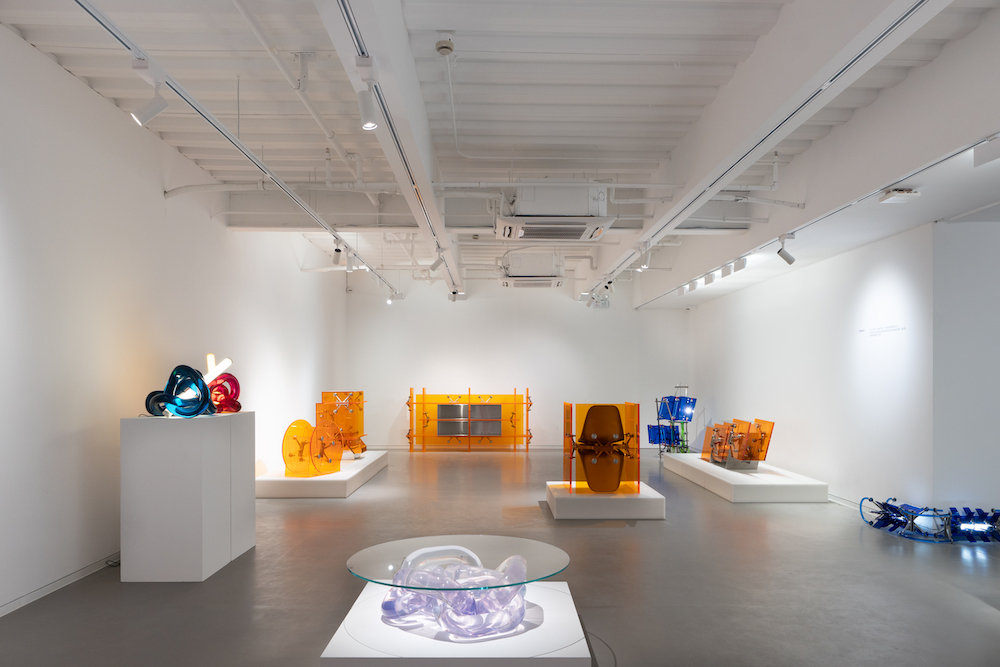
Thoughts on Japanese and Chinese design
How do you feel about Japanese design?
Japanese design is a very significant category in the history of global design, especially the development of modern design. There have been many influential Japanese design masters, such as Shiro Kuramata. Looking into history, Japanese pioneering designers and architects have generated significant architectural movements, such as Metabolism, which has spread its influence worldwide. The term “Japanese design” has a wide range, but the inseparable characteristic is that it absorbs Western culture while fully integrating Eastern traditions, and at the same time, is exquisite and rigorous in thinking about society and its applications. As a result of the plentiful historical deposits, Japanese design has been able to flourish. For instance, the Wabi-sabi style originated in Japan, as early as the 16th century. With the interpretation of the spirit of Wabi-sabi by Japanese aesthetician Okakura Tenshin in the 19th century, it is still influencing Japanese tastemakers today, and also has a certain influence on the international perspective.
I have the impression that art universities in China are very difficult to enter. Do you know how art education in China works?
I get the impression that they train from a very young age, not just in art, but also in sports and other fields. From a really early age, they have to keep doing that for hours every day, and their skills improve, so the admission itself, I think, becomes a cutthroat competition. What about education in Japan?
Design education in Japan is strongly linked to design required by society, and I think there is a mainstream idea that it is not about self-expression, but about solving social problems. Of course, it is changing gradually now, but this educational system may be behind the lack of designers like us who create works and present them in galleries, in contemporary design, and in collectible design fields. In Japan, until now, industrial products, furniture, and minimalism have been the mainstream.
It is the same in China, and possibly in the US and Europe. There is also a question of whether the collectible design is design or art. Designers are essentially commissioned to create things according to a request, but artists pursue self-expression, so it’s a completely different direction. What I really like these days is that when Gallery All promotes someone who has worked as a designer or an artist, they are very attentive to details such as budgets and schedules. In other words, they are very easy to work with. It’s really important that the people you work with understand the business. For example, when we assign a Chinese artist to work with Dior, it is easier to work with someone who has worked as a designer because they understand the brand’s theme, colors, deadlines, budgets, and many other conditions.
Considering the future of the Chinese contemporary design scene, how do you see it changing?
In the future, the apparent boundary between the concepts of design and art will gradually disappear. Gallery All also hopes for this and tries to promote it. In China, there are more and more galleries that are focusing on the field of collectible design. Many talented designers are also actively creating works. But the problem is that few galleries can share resources with designers as we do. Resources, galleries, and gallerists that can help designers are rare. But with the growing number of collectible design galleries and collectors, in the future, I can foresee the collectible design sector will achieve greater attention, as the fine art sector has gone through in the past years. There will be a healthier, and more collaborative industry ecosystem as a result.
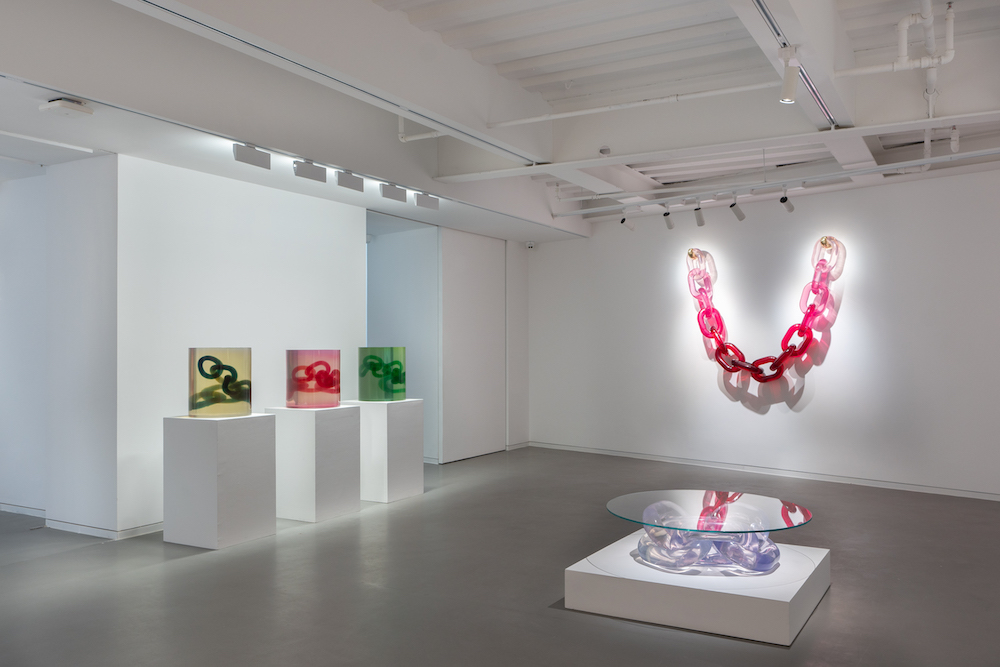
What is the future of designers?
What are your expectations for designers in the future?
These may apply to any designer, no matter it is now or future. Stick to their own personal artistic characteristics, insist on thinking, create works with uniqueness, show the works, and let more people see them.
Thank you for today. Finally, please give us your message to readers.
The epidemic draws clear boundaries and makes us seem distant, hoping that artwork can be a comfort. We look forward to seeing you in person at our new space in Shanghai.
